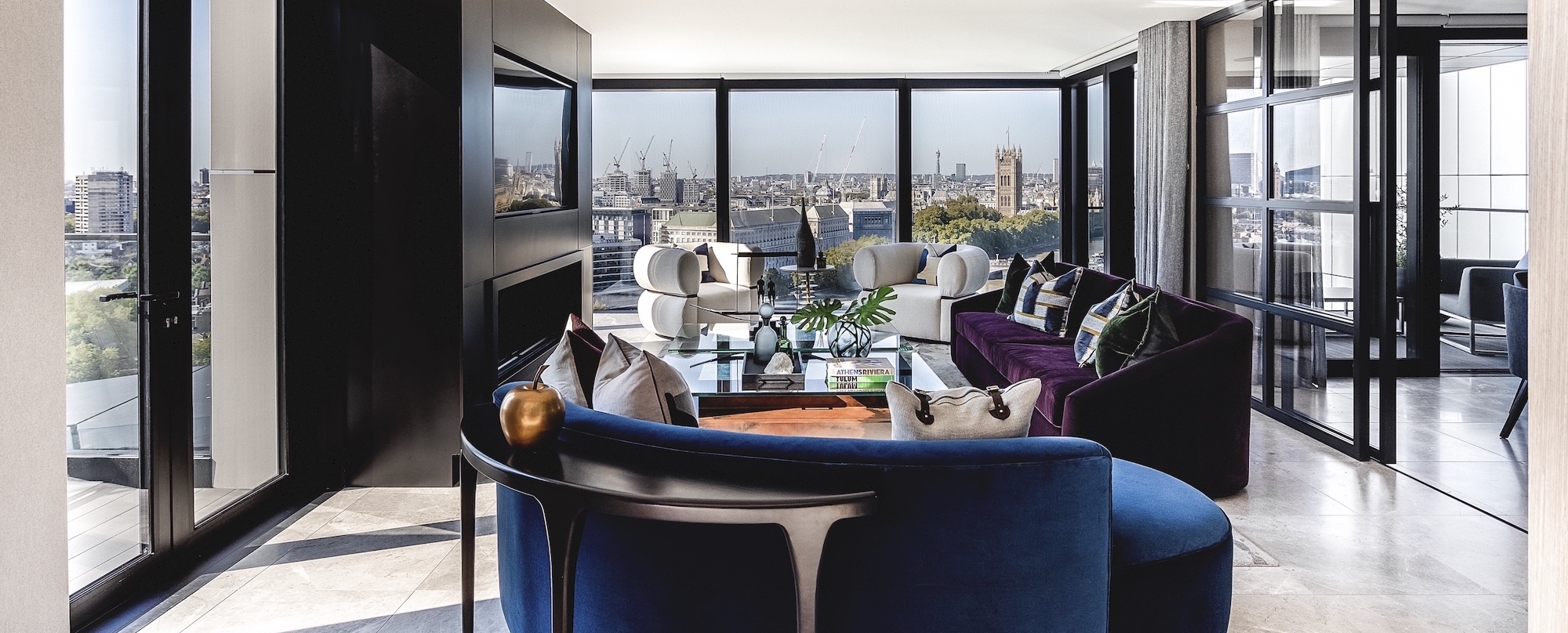Pro advice: Martin Brudnizki, Robert Novogratz and more leading designers share their tips and insights for those looking to grow from solo freelance interior designer to running their own studio.
There’s no single route to a successful career in interior design, and for those solo interior designers for whom it is already a freelance profession, taking the next step and levelling up to their own interior design studio will likely seem like a daunting move. “Going out on your own requires a lot of work, dedication and time,” Erica Volkmer, principal and founder of Evensen Design tells Effect. “You have to make sure you are doing it for the right reasons, and understand that there are highs and lows to this business. Adaptability is key, and no day, or project, is ever the same.”
We speak to six of the industry’s most seasoned design pros on their best tips for successfully making the leap, from discovering your niche to the art of delegation.
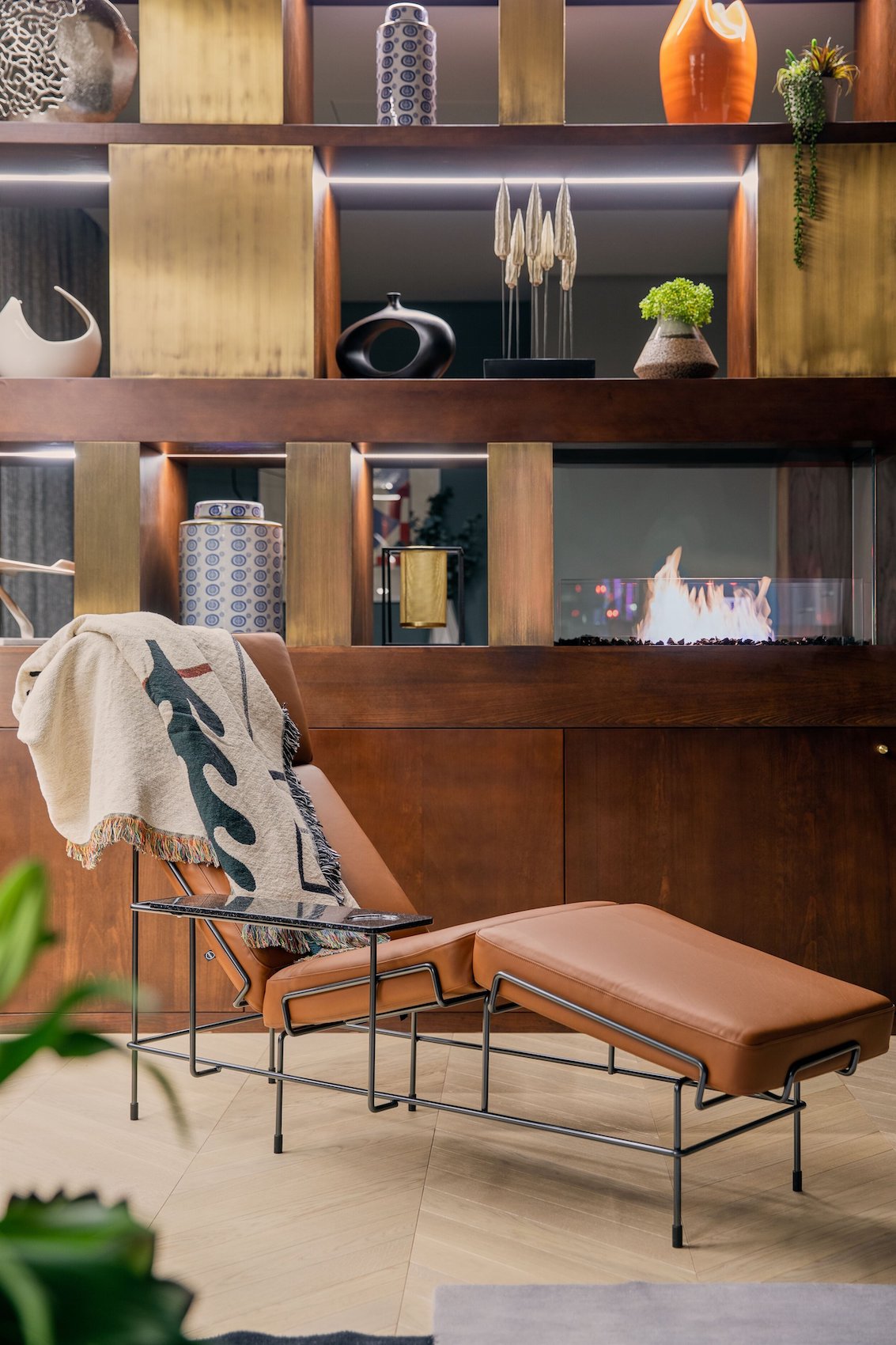
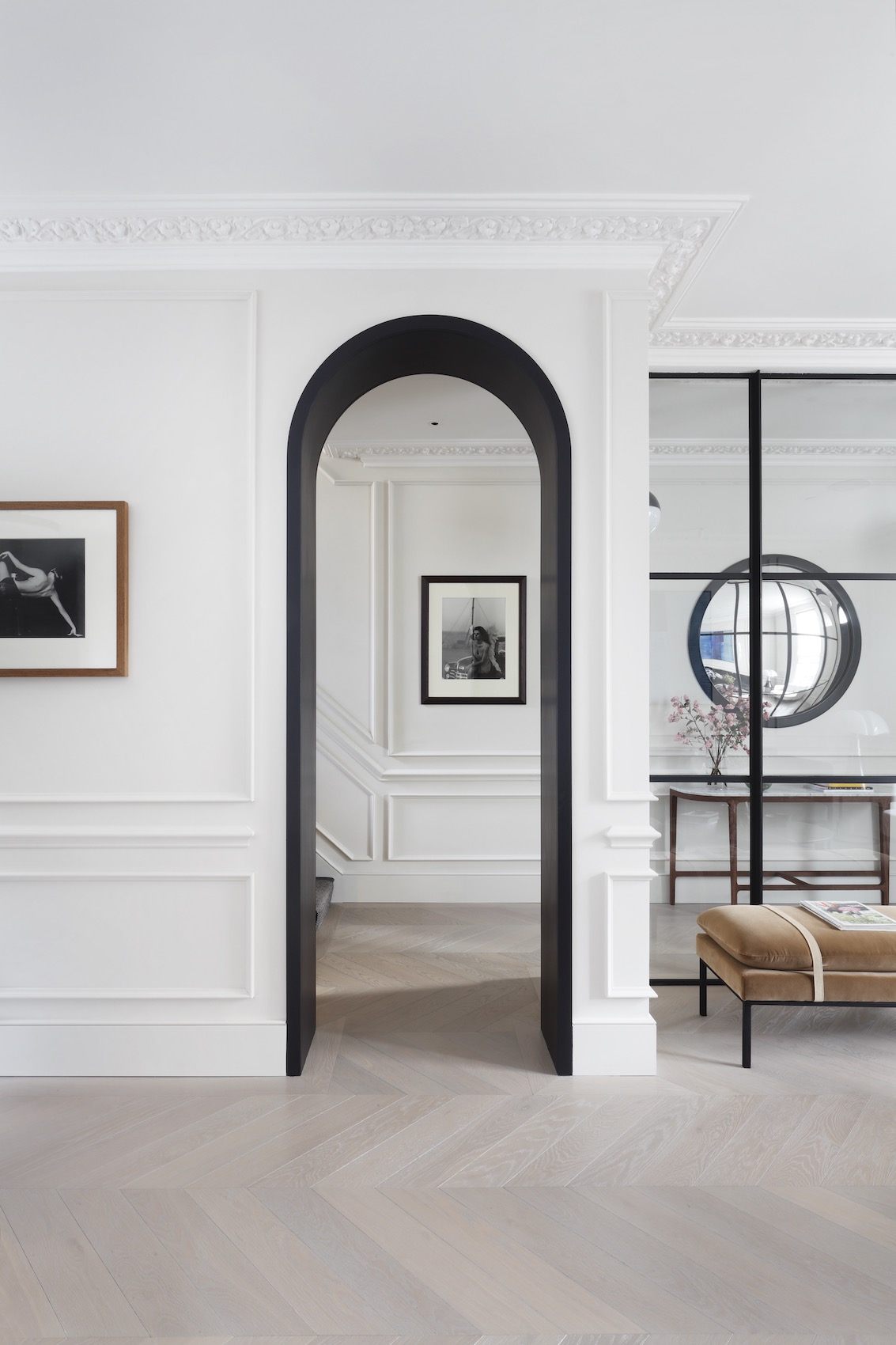
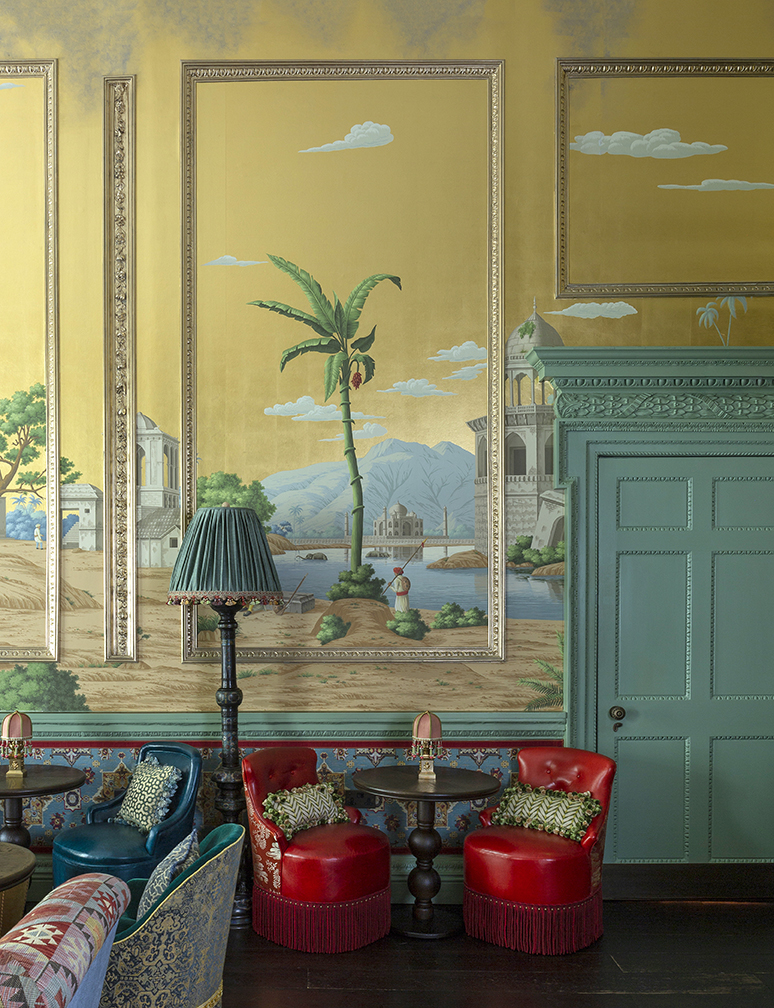
Make sure you have the right – and enough – experience
“Before even considering starting your own studio, it’s important to have an apprenticeship to learn the ropes and understand the many different roles the interior designer has to play,” says Martin Brudnizki, who currently employs around 85 people across his studios in London and New York. “I’d say you need a few years under your belt before going solo. I worked for around eight years before setting up my own studio – quite naturally, you reach a moment when you feel the time is right. A mixture of this experience, feeling confident I had at least a few clients, and the desire to be my own boss are what ultimately drove me.”
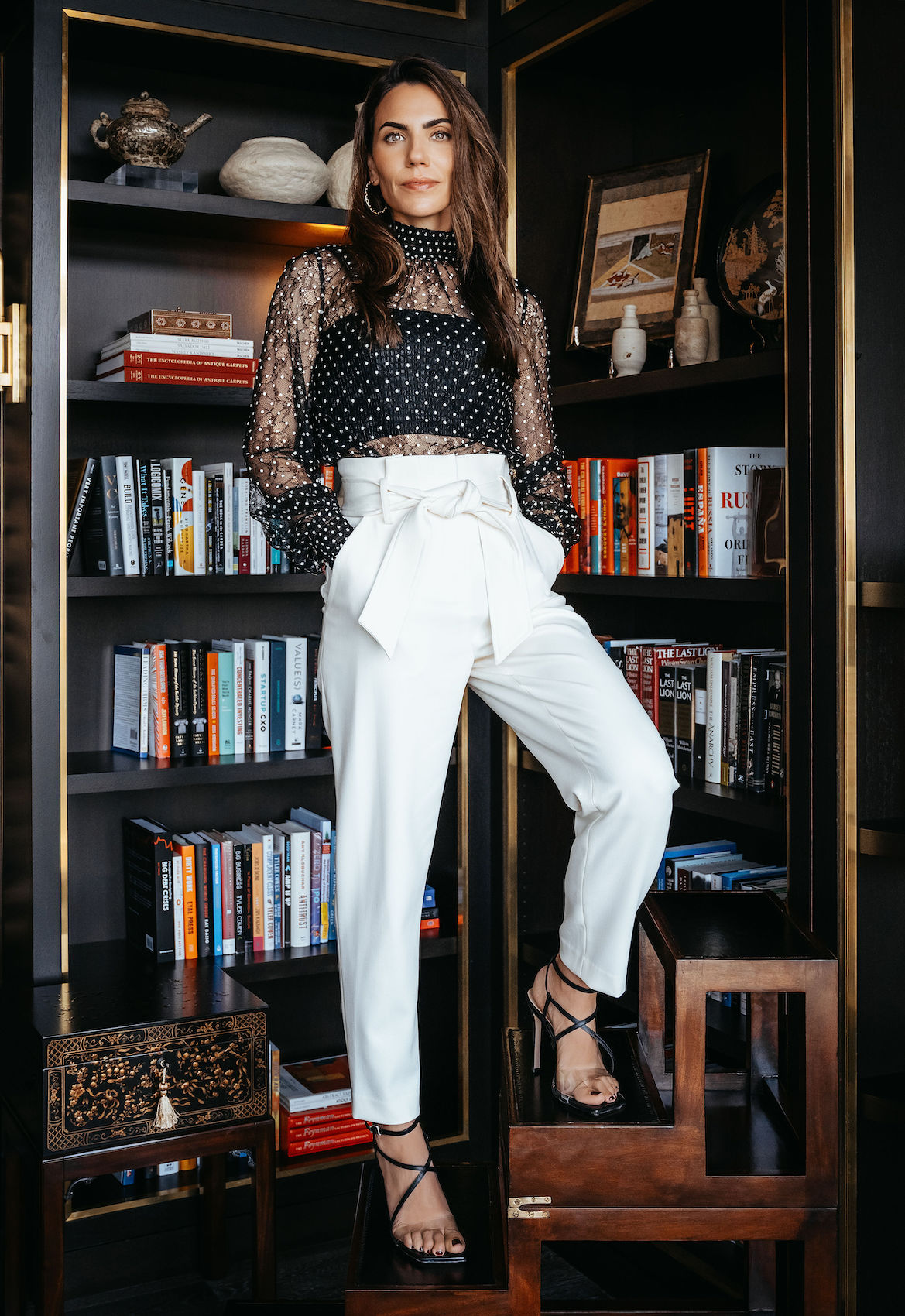
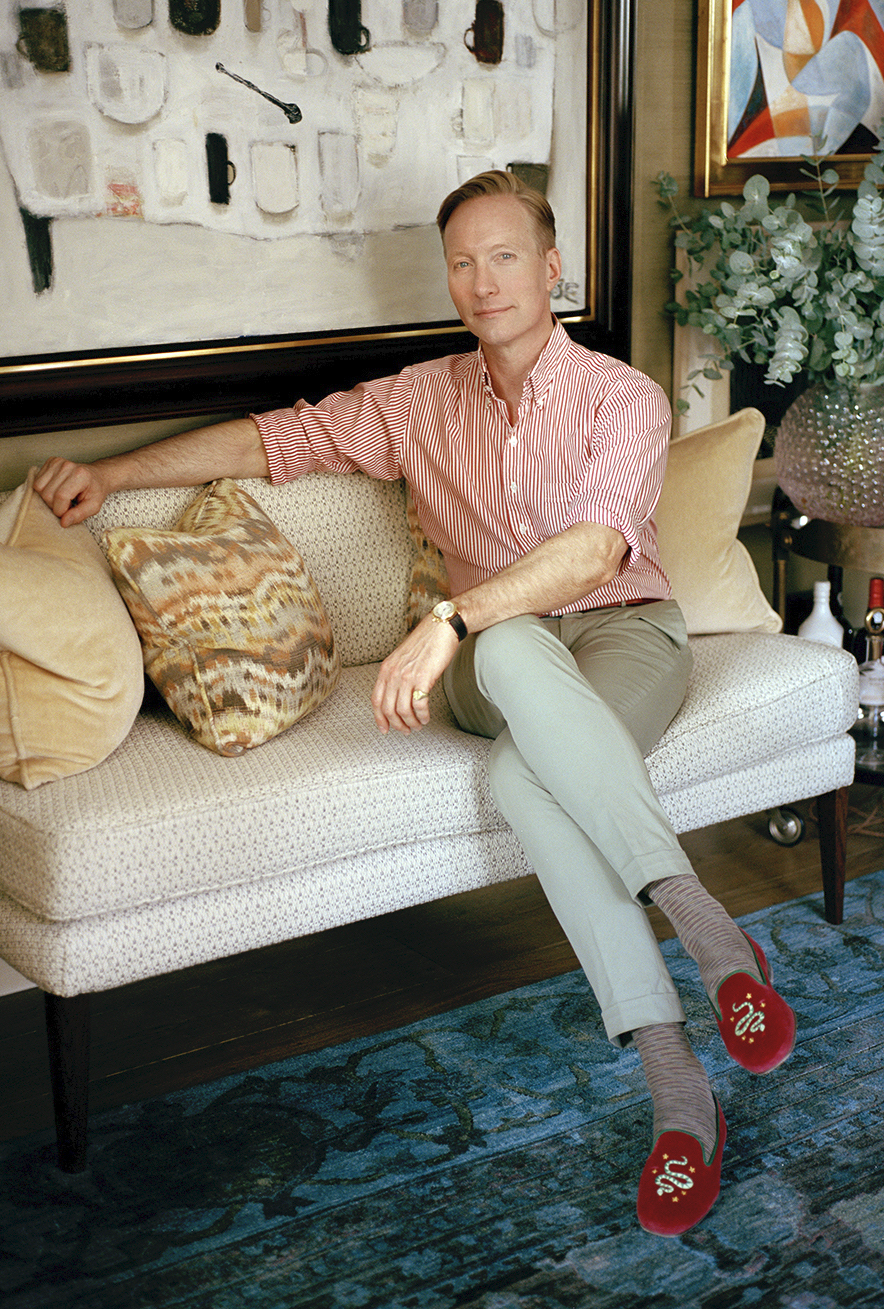
Discover your niche
Your brand is probably the most important part of your business as an interior designer, and it needs to clearly define who you are, what you stand for, and be recognisable. “Set out from an early stage who you want to emulate, business-wise,” advises Brudnizki. “Not creatively, as hopefully you have your own sense of style. But what type of business do you want to be? Do you want a big team or small team? Do you want product as well as interiors? Do you want to be hospitality or residential? This can help you build the business you want around the life you want to live. And always remember it only takes one project to break through.”
Build the business you want around the life you want to live. And always remember it only takes one project to break through.
Martin Brudnizki
Learn the ropes before you grow
London-based interior designer Catherine Wilman may have had plenty of experience under her belt before she launched her own interior design studio in 2000 – she threw herself in the deep end from her very first project which was to renovate a large farmhouse in Ormskirk with an £800,000 budget – but she still suggests learning the ins and outs of all aspects of the business before you really start to grow.
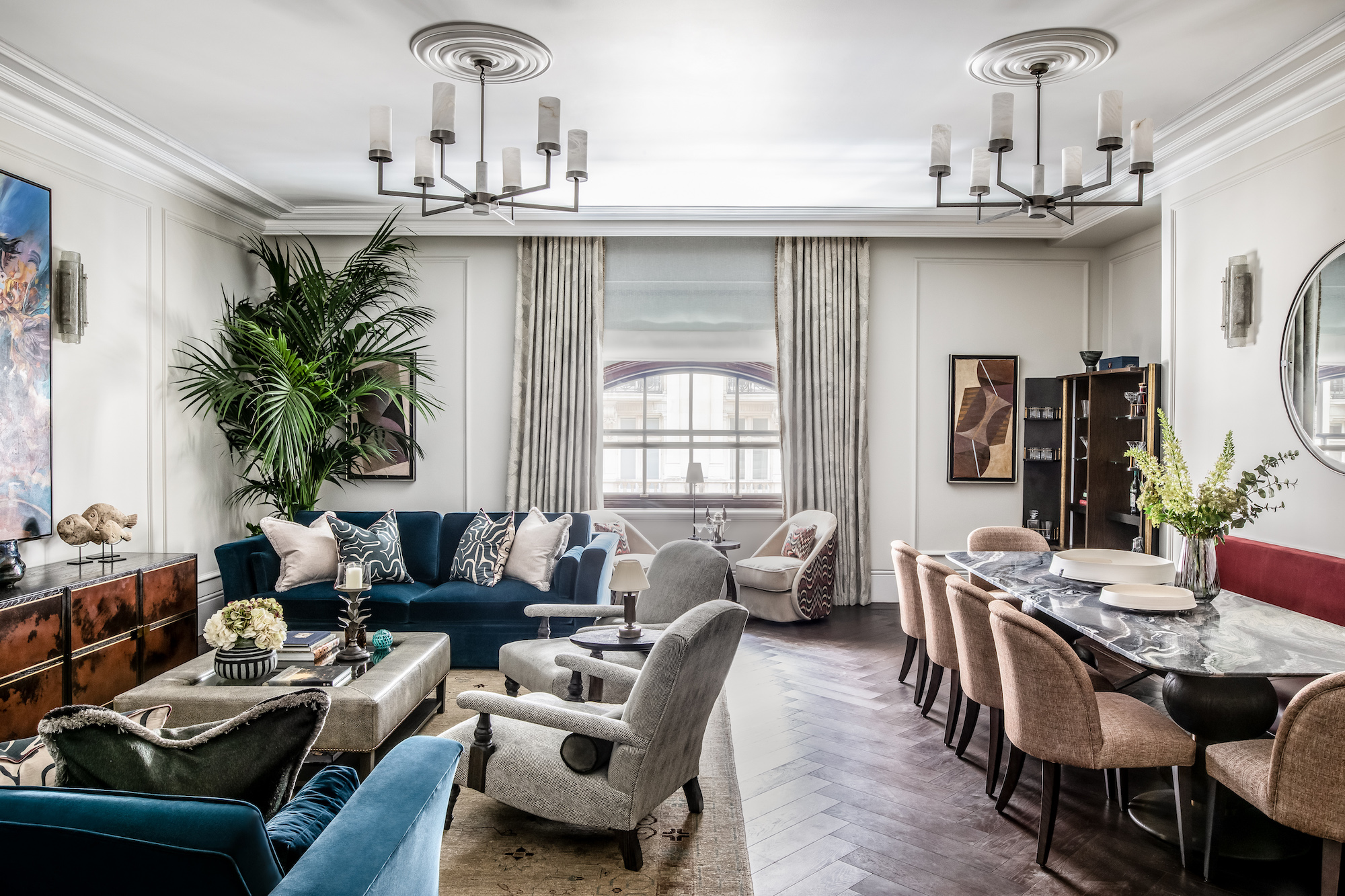
“I did my own accounts for many years, which was good as it meant I could learn the financial side of things too. So, as well as being creative, I was able to look at numbers and keep money in the bank to cover things like VAT payments. Luckily, my partner Nigel Palmer got involved several years ago and we decided on a simple rule that I work ‘in the business’ and he works ‘on the business’. This means that he does the marketing, financial, contracts, project enquiries and running the studio, which frees me up to focus on the clients, designing their homes.”
Team up with people who compliment your skills
When Richard Angel, CEO of Angel O’Donnell bought a hotel with some investors back in 2017, he asked his friend and interior designer Ed O’Donnell to help with the refurb of the bar and the restaurant. Fast-forward six years and the pair now head up one of London’s most prolific interior design studios with a team of eight, and are currently looking for their third designer as we speak. “I guarantee that finding someone with complementary skills is the most effective way to build a successful, full-service studio,” says O’Donnell. “Richard and I play to our strengths, which frees us up to focus on different aspects of the business. I’m lucky because I still get to be creative. We do different jobs at the end of the day – so while I’m focused on design, Richard is keeping an eye on new business and the day-to-day running of the team.”
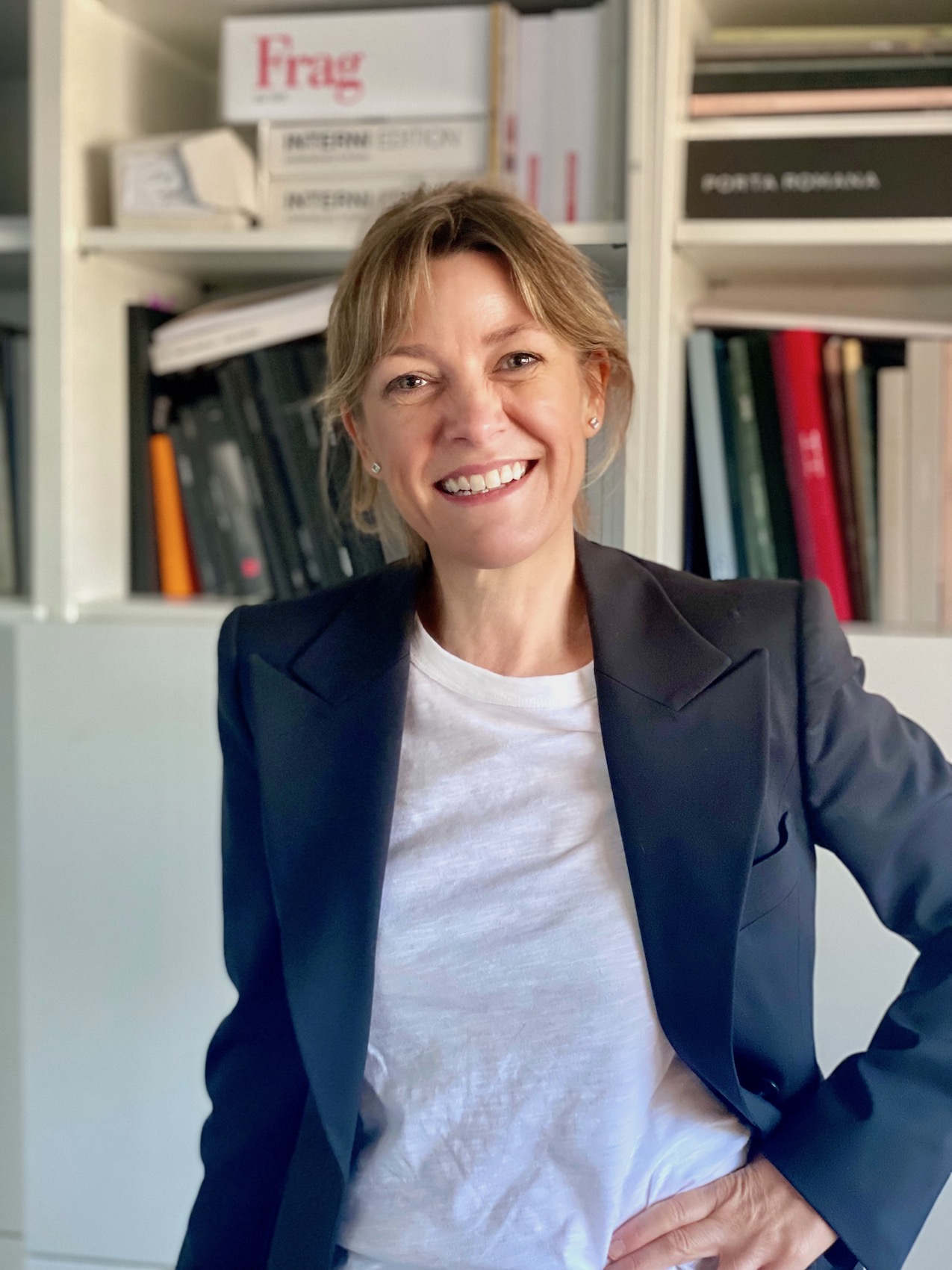
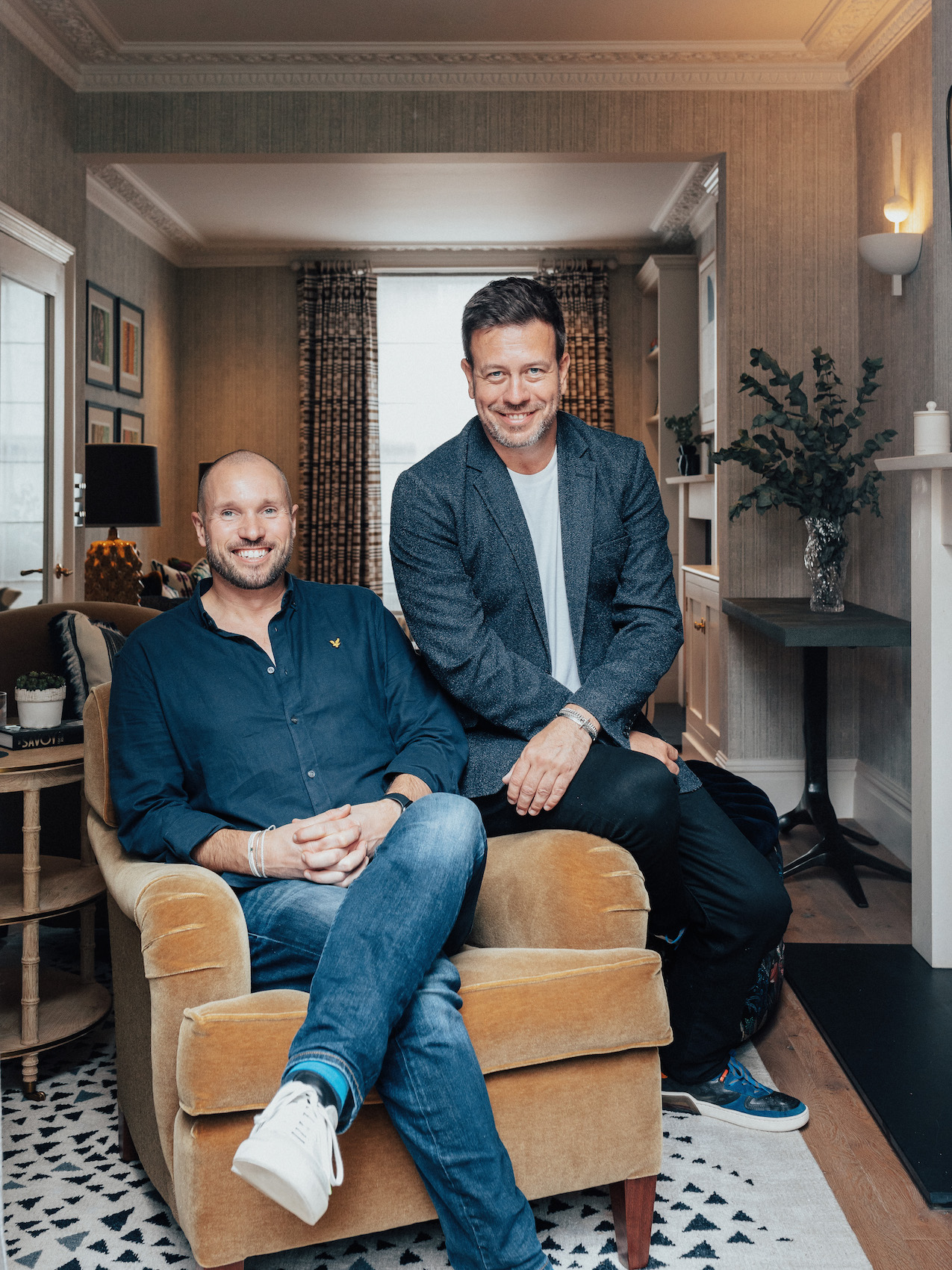
Hire Key Talent
“There is a tipping point in a business when you simply can’t do everything yourself, so you have to take the plunge and just go for it by hiring more staff,” says Wilman. O’Donnell agrees, adding that: “Every hire is vital. Additional design expertise is always welcome with open arms. So too is the clear-headedness of a top-notch project manager. And where would we be without accounts to chase invoices and make sure we all get paid?”
Surround yourself with smart people who can offer their own particular expertise and experience, and can help take you to the next level.
Robert Novogratz
“In hindsight, I would have hired sooner,” says Volkmer, whose move to a solo act happened organically after she and her husband moved cities. With a solid referral network already in place, she was quickly able to cast a wide net and found several clients ready to engage on smaller renovations and furniture projects. Today she employs five full-time workers in her Austin-based studio. “My first two hires were crucial for me to take my business to the next level. They were an in-house project designer that could support drawings and selections through documentation, and an office administrator to keep me on task. More importantly, all our team members are empowered to tell me ‘no’, and are encouraged to create new systems as we grow. Culture is crucial to our boutique firm.”

The importance of delegating effectively
Never underestimate the power of delegating effectively, and how well you delegate is directly reflected in how empowered your employees feel, which in turn will strengthen their skills, aid their decision-making abilities and increase productivity. “The whole concept of growth of a business is delegating, and having partners and staff who can help you present a full picture of your business,” Robert Novogratz tells Effect.
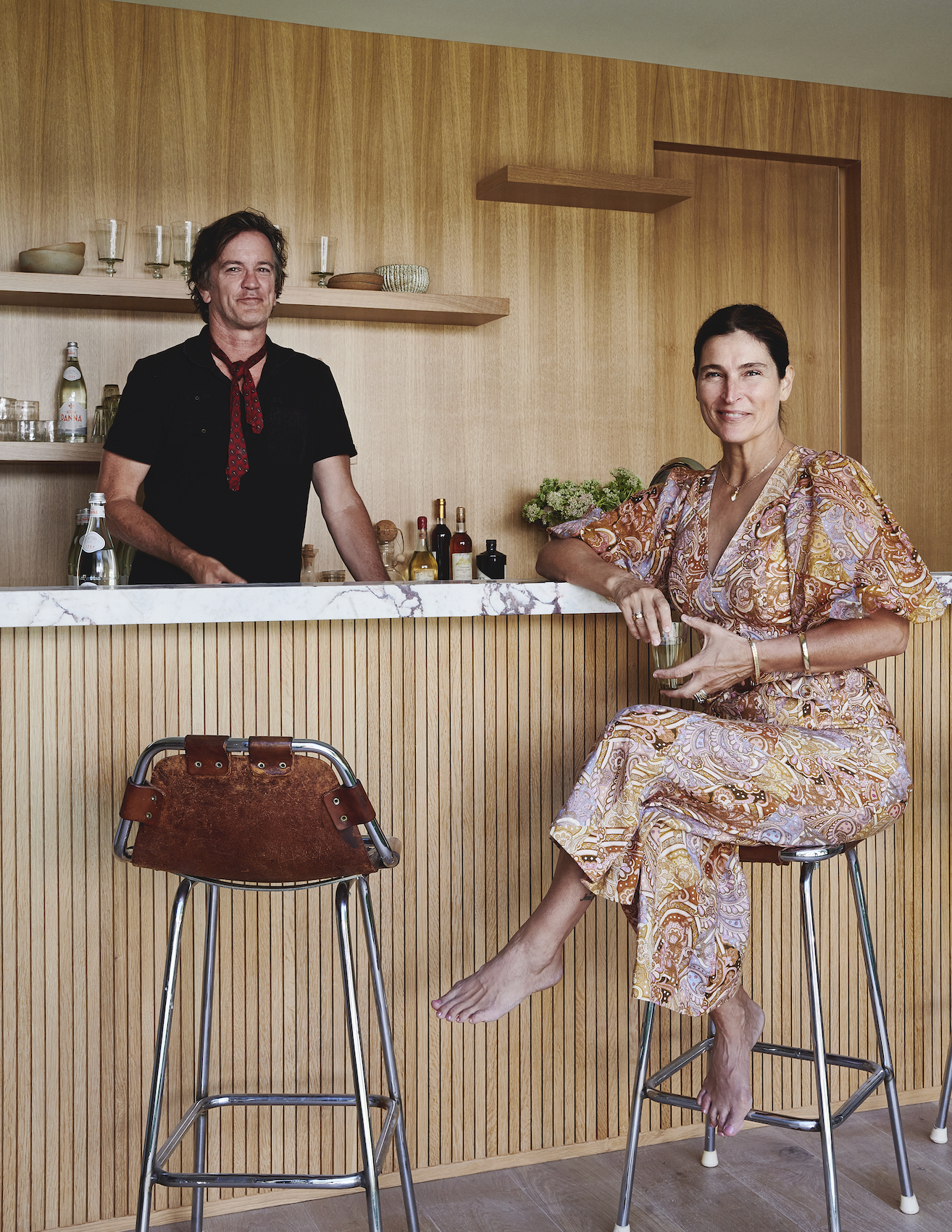
“Learning to delegate is the hardest part of the job,” adds Wilman. “But as you get talented and loyal members on the team, it’s easier to let go of certain aspects. I’ve learnt that you have to step back a little to give people space to grow into, and then they bloom.” Today, she employs project leaders to handle day-to-day liaison with clients, while still overseeing all the key design decisions. Wilman also suggests remaining as involved as possible in social media, particularly in posting and creating content. “It’s such a personal thing to describe the projects and choose the right images or videos, so it’s difficult to give that to someone else in my opinion. I think our followers and my clients want to have a genuine relationship with me and the accounts,” she adds.
The biggest lessons that have been learnt throughout the process
Catherine Wilman: “Always trust your gut instinct, especially when it comes to hiring people and working with contractors. And always get references!”
Robert Novogratz: “Surround yourself with smart people who can offer their own particular expertise and experience, and can help take you to the next level.”
Erica Evenson: “Photography is key. The best way to showcase your work is through images, and I even exchanged services with several photographers for my first few projects.”
Richard Angel: “Be sure to make time for regular catch-ups with your team. People really open up one-to-one. You get to find out how they are really doing, what works for them, what doesn’t, how they see themselves progressing and how you can support them.”
Ed O’Donnell: “You don’t have to say yes to every job. We used to do it all the time, no matter how stretched we were, but we’ve learnt that if we can’t commit to a project, it’s kinder to say no. That way, you’re not in danger of letting anyone down.”

Finally, make sure you’re doing it for the right reasons
Are you solely launching your own studio to get out from under your boss’s feet? Then it’s unlikely you will find happiness. “There’ll always be someone to report to or work alongside,” says Angel. “Clients, clients’ investors, suppliers, artists, tradesmen – there’s a long list of people to take care of. And the more people you employ, the more livelihoods you’ve got to think about, and the more crucial it becomes to win new business and chase payments.
“On the flipside, if you want to start your own design studio because you love the business and you have a vision for making it better – go for it. You’ll work like crazy, but the rewards will more than compensate.”
Read more: Interior Designers | Design | Interiors | Martin Brudnizki | The Novogratz | Pro Advice



